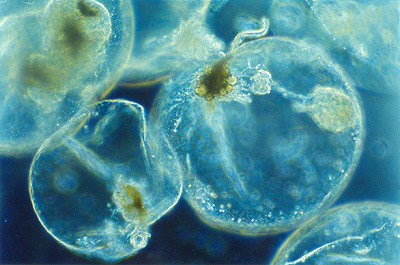Source: Haumann, F. A., Gruber, N., Münnich, M., Frenger, I and S. Kern, 2016, Sea-ice transport driving Southern Ocean salinity and its recent trends, Nature 537, 89-92 doi:10.1038/nature19101
The Southern Ocean, the big expanse of Ocean that surrounds Antarctica, has been getting less salty over the past few decades. This is a very clear signal of climate change in the oceans, but proving what has caused the ocean to get fresher has been a challenge for scientists until now.
Sources of Salt
There are very few sources of salt going into the ocean, so for the Southern Ocean to get less salty, freshwater has to be added from somewhere else. Initially scientists thought it could be either from enhanced melting of Antarctic glaciers or increased rain over the Southern Ocean. While glacial melting is definitely contributing to making the ocean less salty very close to Antarctica, it can’t explain the large trends further away from the coast. Rainfall has increased over the Southern Ocean in global climate models, but not enough to explain the changes in salinity. A third possibility is that the salinity trends could be caused due to changes in the transport of sea-ice.

Ice factories
Sea-ice is formed along the edges of the Antarctic coast when seawater freezes, leaving the salt behind, making the surrounding water saltier. Strong winds blow the ice away from the coast, where it eventually melts, adding freshwater back to the ocean in a different location. Sea-ice transport is essentially like a conveyer belt for freshwater, picking it up near Antarctica where it freezes and dropping it off in the open ocean where it melts. If the transport of sea-ice away from Antarctica speeds up, more freshwater is moved from Antarctica to the open ocean. A group of scientists from Switzerland and Germany looked into the satellite sea-ice record to see if changes in see ice transport could explain the Southern Ocean salinity trends.

Icy trends
To calculate how much freshwater is transported by sea-ice, the researchers combined measurements of sea-ice concentration, drift and thickness from satellites and model-based reconstructions to figure out the volume of the sea ice and its movement. Combining all of this information, the scientists found a large trend in the transport of freshwater by sea-ice around Antarctica from 1982-2008. Most of this trend comes from one particular location, the Ross Sea, where sea-ice has been transporting freshwater away from Antarctica much more rapidly in recent decades.

Scientists already know why sea-ice transport has increased in the Ross Sea. Strong winds blow cold air from Antarctica over the Ross Sea, pushing sea-ice away from the coast and in recent decades these winds have gotten much stronger, speeding up the sea-ice conveyer carrying fresh water away from Antarctica. The researchers found that the increased transport, especially in the Ross Sea, added enough fresh water to the Southern Ocean to explain the measured change in salinity, and that the biggest changes in freshwater input coincide with the locations where salinity has decreased the most.

Ice and climate
The fact that sea-ice transport can explain salinity changes in the Southern Ocean shows that Antarctic sea-ice transport is more important for changes in global climate than previously thought. Changes in salinity affect water density and ocean stratification; when the surface ocean is strongly stratified with fresher, less dense water on top, it is tough for nutrient-rich, saltier water at depth to get mixed back to the surface. This translates to less nutrients for plants and animals to grow at the surface. This nutrient limitation and reduced mixing can reduce the uptake of carbon dioxide by organisms and other processes, leading to changes in the ocean’s absorption of carbon dioxide. The role of Antarctic sea-ice in our climate system shown in this study shows that we need more accurate, long-term measurements of sea-ice and how it is changing in Antarctica.
I’m a PhD student at Scripps Institution of Oceanography in La Jolla California. My research is focused on the Southern Ocean circulation and it’s role in climate. For my research I sometimes spend months at sea on ice breakers collecting data, and at other times spend months analyzing computer models.

